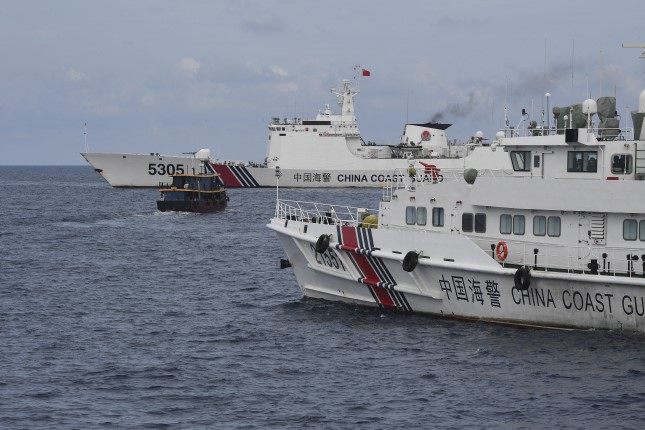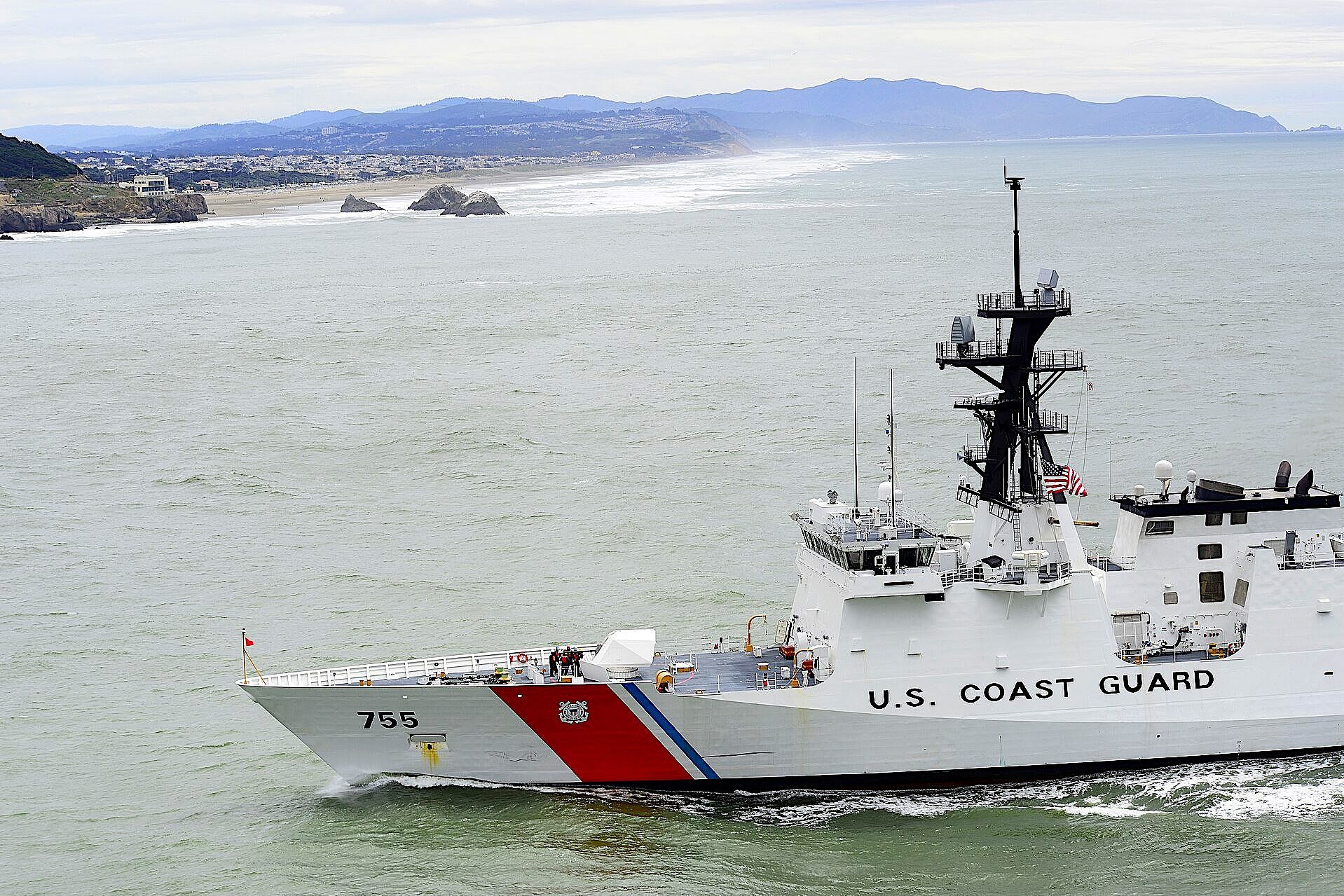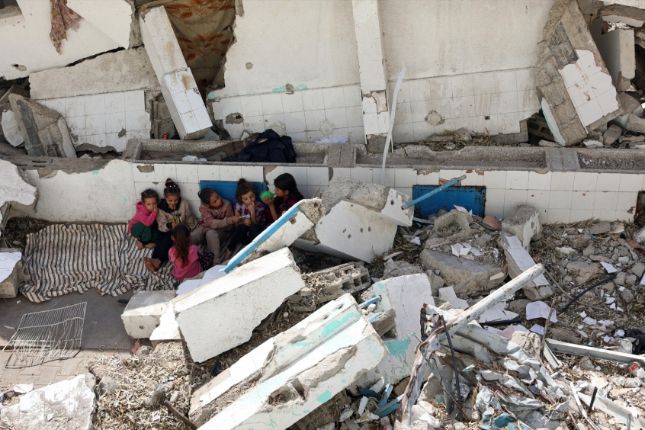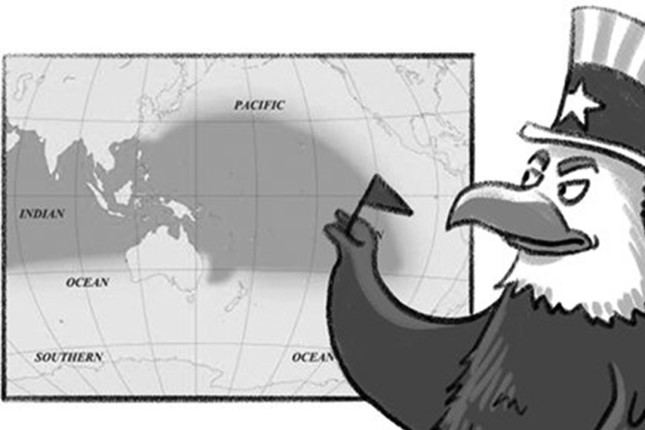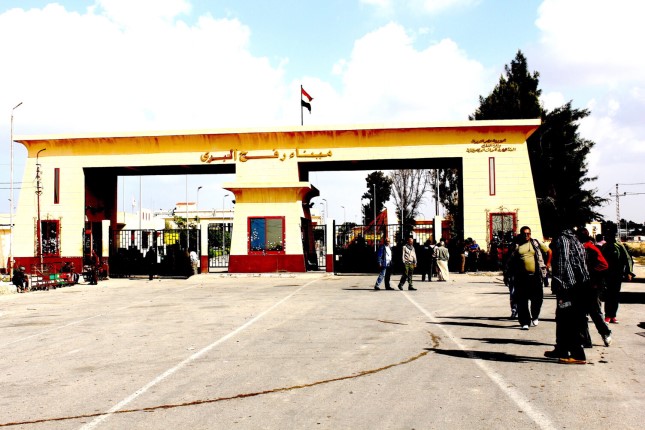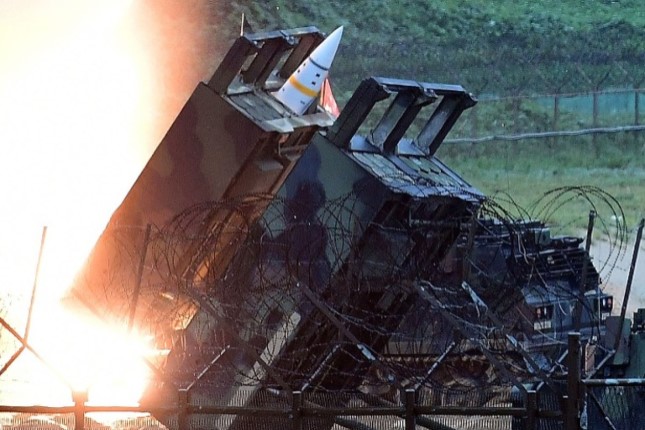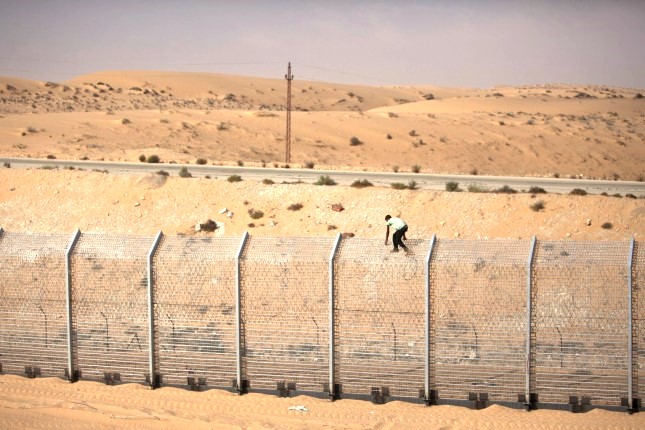China and the Philippines have engaged in another stand-off near the Second Thomas Shoal, a reef in the South China Sea’s disputed Spratly Islands. This comes as Washington is building up its military presence in the Philippines and elsewhere in the region, eyeing a future war with Beijing.
Last month, during a tense confrontation, Chinese Coast Guard ships fired a water cannon at Philippine boats attempting to re-supply a World War II era tank-landing ship. The BRP Sierra Madre, grounded on the reef in 1999, is used by Manilla as a base of operations and to assert its claims. In a more recent incident, the Chinese Coast Guard claimed it allowed the vessels to resupply the warship because a “temporary special arrangement” was made since no “illegal construction materials” were being delivered.
However, on Friday, China’s Coast Guard said in a statement that two Philippine supply ships and two coast guard vessels made an “unapproved entry” to the reef and were given a warning as Beijing holds “indisputable sovereignty” over the atoll.
Second Thomas Shoal is controlled by Manilla, but is also claimed by Beijing, Taipei, and Hanoi. “[China] firmly opposes the Philippines’ delivery of illegal building materials to warships illegally grounded on the beach,” the statement reads. The Philippines conversely denounced the “illegal” actions of the Chinese Coast Guard, citing “harassment, dangerous maneuvers, and aggressive conduct.”
Commander of the US Pacific Fleet, Adm. Samuel Paparo, has previously declared Washington “stand[s] ready” to assist Philippine boats attempting to resupply the BRP Sierra Madre. Last week, the US and the Philippines conducted a joint naval patrol in the South China Sea where Vice Adm. Karl Thomas, commander of the US Seventh Fleet, believes Beijing should be “challenged.”
The White House has signed a deal to gain access to four more military bases in the Philippines, including some which are located provocatively close to the island of Taiwan. US troops have been deployed to Taiwan and are training local forces for war with the mainland. Joe Biden and other top officials have repeatedly stated the US will go to war with Beijing if the island is attacked.
Disputes between Manilla and Beijing risk being a flashpoint for a much larger conflict. In May, the US issued new guidelines for its mutual defense treaty with the Philippines. The Pentagon clarified “an armed attack in the Pacific, including anywhere in the South China Sea, on either of [the Philippines’] public vessels, aircraft, or armed forces – which includes their Coast Guards – would invoke mutual defense commitments under Articles IV and V of the 1951 US-Philippines Mutual Defense Treaty.”
Since Barack Obama launched the “pivot to Asia,” the US has been challenging China, using the Navy’s Seventh Fleet, inserting itself into disputes between regional actors there with myriad overlapping claims on the waters including over various rocks, reefs, islands, islets, and archipelagos. During the Donald Trump administration, Washington formally rejected almost all of China’s claims to the waters in the South China Sea.
In April, Washington and Manila carried out their largest ever joint military exercises. 17,600 military personnel took part, including 12,000 American troops. The Balikatan exercises saw over 100 Australian soldiers participate as well. The increasing pressure on both Russia and China has seen Moscow and Beijing step up their own cooperation in the region.
Source: AntiWar.
